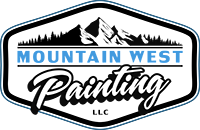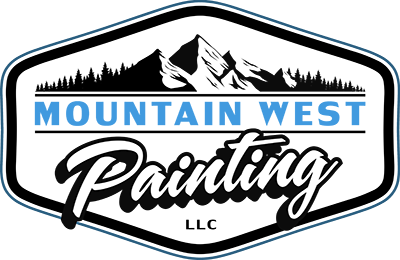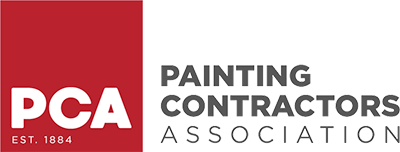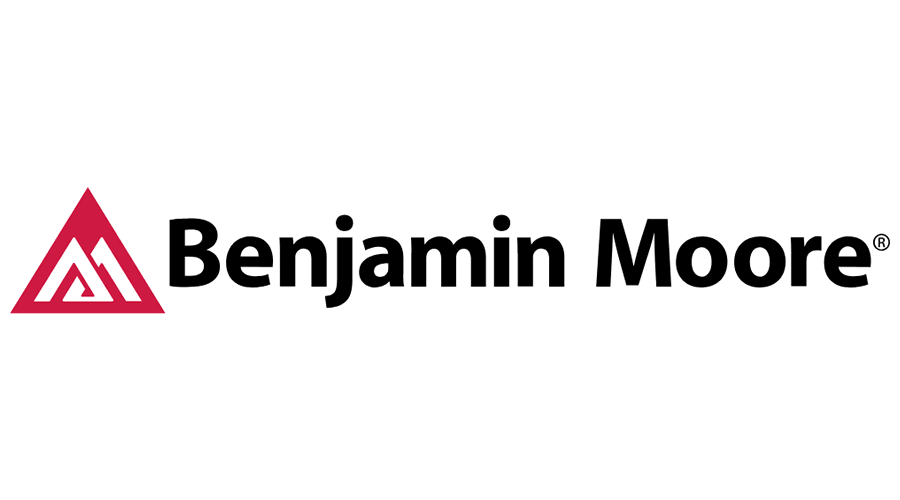Paint touch-ups seem harmless. A quick fix. A minor patch. But if done poorly—or in the wrong context—paint touch-ups can visibly degrade your property’s appeal. That $500 DIY touch-up you thought would freshen the place? It might knock $5,000 off the perceived value in a buyer’s eyes. Or worse, make a potential tenant question your upkeep practices.
Inconsistent or sloppy touch-ups can draw attention to wall defects, suggest deferred maintenance, or create obvious mismatches in color, sheen, and texture. Inspectors may flag patchy walls during appraisals. Buyers may interpret them as a red flag. Tenants may equate them with cut corners.
This guide will walk you through when paint touch-ups work—and when they fail. We’ll show you how to do them right, when to skip them, and how they can impact everything from buyer psychology to your cap rate. Let’s dive in.
What Makes a Paint Touch-Up Look Unprofessional?
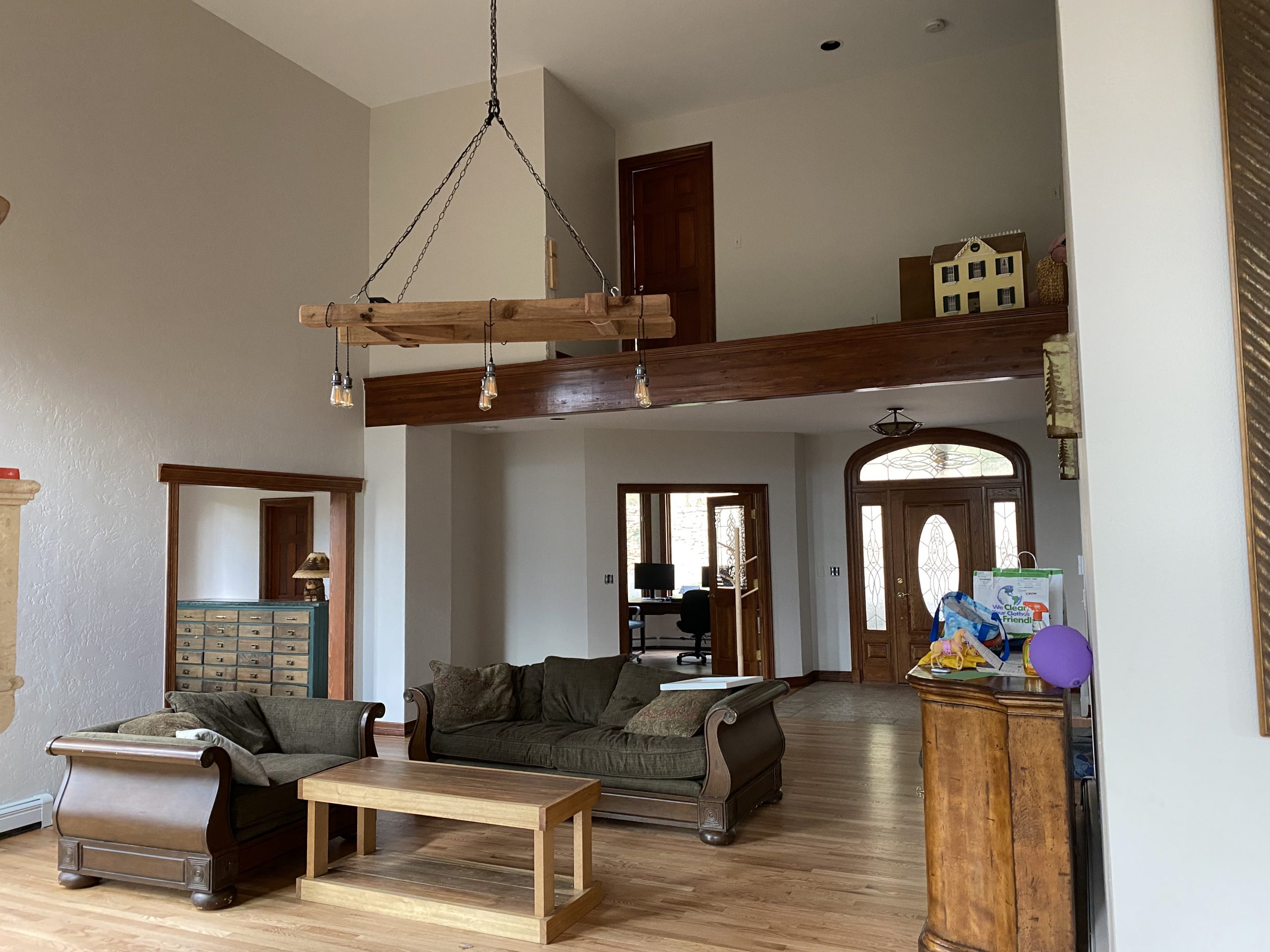
Most paint touch-ups fail for one of three reasons: color mismatch, sheen inconsistency, or poor surface preparation. Let’s break down each one.
Mismatched Paint Color
Paint color is not static. Even if you’re using the same brand, same color, and same product line, time changes paint. Exposure to sunlight, humidity, and oxidation will slightly alter a painted wall’s hue and saturation.
That’s why applying leftover paint from three years ago—though technically a “match”—often results in a visible blotch.
Key factors:
-
Paint batch numbers matter. Even “identical” colors can vary slightly across batches.
-
Fading rates differ by wall orientation (south-facing walls fade faster).
-
Touch-ups with aged paint often appear darker or duller, especially under daylight.
Flashing or Sheen Differences
Ever notice a spot that looks shinier or duller than the rest of the wall? That’s called flashing. It happens when the sheen doesn’t match—usually due to different paint finishes or application methods.
| Cause of Flashing | What It Looks Like |
|---|---|
| Using satin touch-up on eggshell wall | Glossy blotch under direct light |
| Applying touch-up with brush vs. roller | Texture inconsistency, visible edge marks |
| No spot-priming before touch-up | Darker “halo” around the patch |
Sheen is especially tricky with semi-gloss and satin finishes, which reflect light unevenly when touched up.
Poor Surface Prep Before Touch-Ups
Paint won’t adhere well to dirty, oily, or glossy surfaces. If you haven’t cleaned, sanded, and primed the wall before touch-up, expect it to fail.
Common prep errors:
-
Painting over kitchen grease or handprints without degreasing
-
Spot patching drywall without feather-sanding the edges
-
Touching up gloss paint without scuff sanding first
Bad prep shows quickly—either as visible mismatches or eventual peeling.
The Hidden Cost: How Touch-Ups Can Affect Home Value
Paint touch-ups may seem cost-effective—but they often deliver the opposite outcome.
Perception of Deferred Maintenance
Buyers and inspectors know what bad touch-ups signal: neglect. Patchy walls raise questions:
-
Was this just cosmetic?
-
What else is being hidden?
-
Why didn’t the owner fix it properly?
A well-done repaint feels intentional and cohesive. A touch-up often feels rushed and uncertain.
Psychological Impact on Buyers
Paint sets the emotional tone of a home. Uneven finishes, discoloration, or inconsistent sheen distract buyers from layout, lighting, and features. Instead of noticing the spacious living room, they notice the weird blotch near the fireplace.
One Realtor told us:
“I’ve seen buyers walk out of homes just because the walls looked patchy—even if everything else was perfect.”
Short-Term “Fixes” That Cost Long-Term ROI
Landlords often use paint touch-ups to refresh rental units quickly between tenants. But poorly executed patches can lower lease values or extend vacancy periods. In today’s rental market, visual polish matters more than ever.
And here’s the kicker: many properties with years of accumulated touch-ups eventually need full repaints anyway. That’s lost time and money.
When Are Paint Touch-Ups Appropriate (and When Are They Not)?
Sometimes paint touch-ups are the right call. But more often than not, they’re a gamble.
Good Use Cases
Paint touch-ups work best when:
-
The original wall paint is less than 6–12 months old
-
You have the exact same paint batch
-
The finish is flat or matte (which blends more easily)
-
The damage is in a low-visibility area (behind doors or furniture)
In these conditions, you can often make the touch-up invisible.
High-Risk Situations
Avoid paint touch-ups if:
-
The original paint is eggshell, satin, or semi-gloss (harder to blend)
-
The wall is near a window or in direct sunlight
-
The wall has multiple prior touch-ups or paint layers
-
You no longer have the exact paint used originally
In these cases, patching only makes the flaws more obvious.
Rule of Thumb
If you can see the touch-up in daylight—it’s hurting value, not helping.
Professional Painter Techniques That Make Touch-Ups Invisible
When touch-ups are appropriate, pros use specific techniques to make them disappear.
Feathering and Blending Techniques
Professional painters rarely dab paint directly onto a flaw. Instead, they:
-
Feather outward using a microfiber roller or tapered brush
-
Blend the edge of the patch gradually into the surrounding paint
-
Match texture using the same nap size or brush technique as original
A well-feathered touch-up is nearly invisible—even in raking light.
Color-Matching with Precision Tools
Aging paint changes. So pros use digital color scanners (like Datacolor ColorReader or Nix) to analyze the wall and tint new paint on-site. They’ll apply multiple sample patches to ensure a blend.
This is especially crucial for higher-end properties, where perception drives value.
Paint Sheen and Texture Matching
Sheen is just as important as color. Pros often adjust new paint with additives to better match aged finishes. Here’s how it’s done:
| Technique | Why It Works |
|---|---|
| Matched applicator (brush, roller, sprayer) | Maintains surface texture |
| Sheen modifiers | Mimic aged sheen for better blend |
| Spot priming before touch-up | Prevents flashing and uneven absorption |
Touch-ups done this way are far less likely to degrade perceived value.
Real Estate Scenarios Where Paint Touch-Ups Hurt Value Most

Certain moments in a property’s lifecycle are especially vulnerable to bad touch-ups.
Pre-Listing Home Sales
Buyers scrutinize listings. Bad paint touch-ups suggest corner-cutting or last-minute prep. Your agent may even advise repainting key walls to avoid hurting offers.
One national survey showed buyers ranked “wall condition” among the top 3 factors influencing first impression—above flooring or fixtures.
Rental Unit Turnovers
New tenants entering a unit with visible paint patches equate them with cheap maintenance. This affects their satisfaction and likelihood of renewing.
They may also leave bad reviews (“walls looked patched everywhere”), which hurts leasing velocity.
Property Appraisals and Refinancing
Appraisers grade property condition. Paint touch-ups done poorly can downgrade your condition category—especially in flipped, rehabbed, or recently updated properties.
This can impact appraisal value by thousands, affecting both refinance and sale outcomes.
Better Alternatives to Frequent Touch-Ups

Sometimes the smartest move is not to touch up at all. These alternatives cost more up front—but deliver better ROI.
Scheduled Repainting
A full repaint every 5–7 years (or 2–3 for rentals) ensures consistency and avoids the “patchwork” look. Plus, newer paints offer better durability and washability, reducing the need for future touch-ups.
Strategic Accent Wall Repaints
Instead of patching one spot on a wall, repaint the entire wall—or make it an intentional accent. This preserves visual consistency and feels like a design decision, not a cover-up.
Use of Durable, Washable Paints
High-performance interior paints significantly reduce the need for paint touch-ups:
| Brand | Product | Benefit |
|---|---|---|
| Benjamin Moore | Scuff-X | Scrub-resistant, commercial-grade durability |
| Sherwin-Williams | Duration Home | Moisture-resistant, good for kitchens/baths |
| Behr | Dynasty | Stain-blocking, one-coat coverage |
For landlords and investors, these products can pay for themselves by avoiding repaint cycles.
People Also Ask (FAQ)
Can I touch up paint without repainting the entire wall?
Only if the paint is very recent, matte finish, and you have the same batch. Otherwise, the touch-up will likely stand out.
Why does my paint touch-up look shinier?
It’s probably a sheen mismatch. Touch-ups often reflect light differently due to age, surface prep, or applicator differences.
Is it better to repaint or touch up before selling?
Repainting key walls almost always gives a better ROI than risky patch jobs. First impressions drive offers.
How do I match old paint color?
Use a color scanner or take a physical sample to a pro paint store. Be aware: UV fading may still create visible differences.
How often should I repaint interior walls?
Generally, every 5–7 years. Sooner for rentals, kitchens, or high-traffic areas.
Don’t Let Cheap Touch-Ups Cost You Thousands
Bad paint touch-ups hurt more than they help. They signal neglect, cheapness, and deferred maintenance. Worse, they attract scrutiny—from buyers, renters, inspectors, and appraisers.
If your wall is older, shiny, sunlit, or has prior touch-ups—skip the patch and consider a repaint. Use durable, washable paints from reputable brands, and always blend with care or hire a pro.
Remember: walls are one of the largest visual surfaces in a home. They shape perception instantly. Don’t let bad patches send the wrong message.
Unsure whether to touch up or repaint? Book a professional consultation. A small expert review could protect your biggest investment—your property value.
